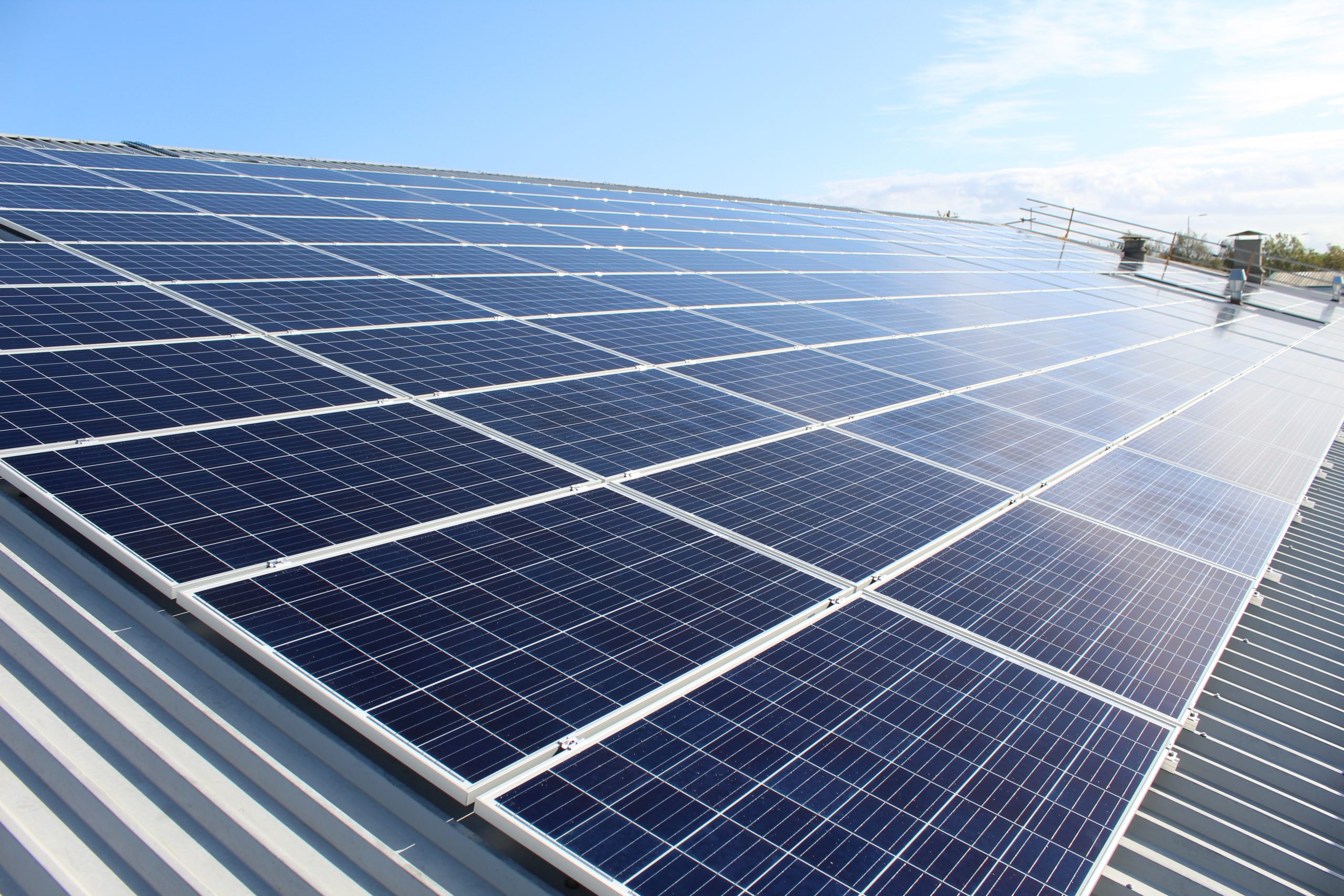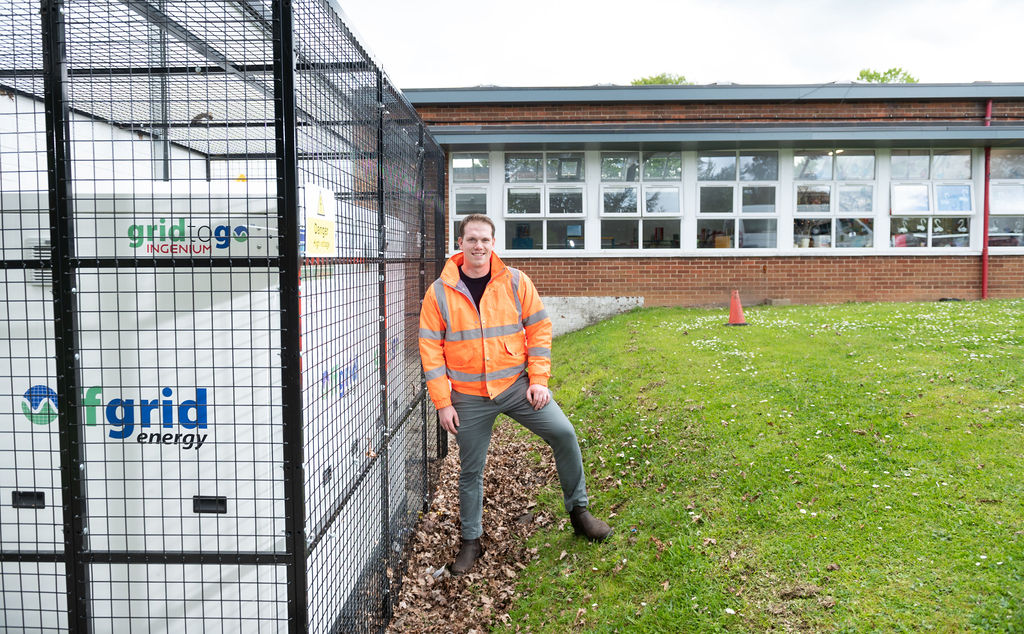- News
- Explaining Project LEO
The team at Project LEO are often invited to events to present the background to what we’re doing and why and we decided we should take the information from these presentations to create a few blogs to help more people understand the concept and purpose of Project LEO.
What is Project LEO?
Project LEO is one of the UK’s most ambitious, wide-ranging and innovative energy system projects. While it aims to achieve many things, one of the key objectives is to help the Government achieve its legally binding commitment to reach net zero emissions by 2050.
LEO is a unique collaboration of partner organisations across Oxfordshire, working together to create a series of pilot trials that cover a range of technologies with the overall aim of catalysing positive changes to create the energy system of the future.
Low Carbon Hub is one of the key partners in Project LEO, along with SSEN, and CEO Barbara Hammond says of the project: “Effectively, it’s an ambitious, innovative and holistic smart grid trial,”.
The idea is to transform the way energy is delivered and used by creating a more responsive and flexible electricity grid through local households, businesses and communities.
Barbara Hammond, CEO, Low Carbon Hub
How does it work?
Project LEO aims to achieve its objectives by running multiple pilot projects, advancing technical capabilities and promoting active community participation in the creation of a smart, local balanced energy system to bring social, economic and environmental benefits to all.
The Project LEO trials are designed to improve our understanding of how opportunities can be maximised and unlocked from the transition to a smarter, more flexible electricity system and how households, businesses, and communities can realise these benefits.
There are a number of trials underway using Low Carbon Hub’s energy ‘assets’, these include: roof top solar PV arrays, Ray Valley Solar, the largest community-owned ground mount solar park in the UK, and a hydro scheme on the River Thames. Through the trials, we have already learned a huge amount about the way flexibility markets operate, what organisations needed to do to get their energy assets – and organisations –“flex ready” and to understand the costs and benefits involved.


Why are we doing it?
Put simply, our current energy supply system is not fit for the future. Our ambition to reach net zero and tackle the climate crisis, the growing energy crisis and pressure on the networks are all driving forces for change. Innovation is needed to create an energy system that meets the needs of the population, while making use of the renewable energy resources we have available, and works flexibly to ensure that no one is left behind in the transition.
So, to achieve this, a broad range of reliable evidence is required to support policies and investments that will create the technological, market and social conditions for successful systemic change.
What’s unique about Project LEO?
There are many facets to the Project LEO trials and it’s in part the bringing together of all these different elements successfully – as well as the range of partners – that makes the project so ambitious.
Each of our trials is set up to help us understand the role flexible energy can play in creating a balance for the supply network as demand for energy (and in particular, electricity) increases, so we can delay or avoid the costs required to reinforce the traditional network – costs that ultimately end up being paid for by the public through their energy bills.
We’re planning to go into more detail in our upcoming blogs about what each of our trials is hoping to achieve, however, to summarise, we’re testing technologies like renewable energy generators (such as wind, hydro and solar power), storage Batteries ( including batteries in electric vehicles), demand-side response (individuals or business being flexible to reduce or change their electricity usage when asked to) and community microgrids.
What is LEO trying to achieve?
As outlined above, the Project LEO trials are wide-reaching and cover many aspects of energy use and technologies as well as community participation and so, we expect to achieve a wealth of vital information and insight through our trials.
Project LEO is focused on understanding how flexibility at the ‘grid edge’ where energy is put to use in our homes and businesses can help us reach our net zero ambitions while demonstrating value to people and communities as well as the energy network. We want to understand the role of smart and flexible local energy systems, combined with changes to the energy marketplace in creating a smarter and more inclusive energy system to help us meet our goals.
Within the trials, we’ll be exploring the value that a range of approaches to flexibility within the energy supply system can create and the benefits of each of these to better inform a large-scale rollout of flexibility and smart local energy systems.
In our next blog, we’ll dive a bit deeper into what our Smart Fair Neighbourhood Trials are testing and how they work, but we hope this article serves as an introduction to what Project LEO is all about and the exciting things we’re hoping to achieve.